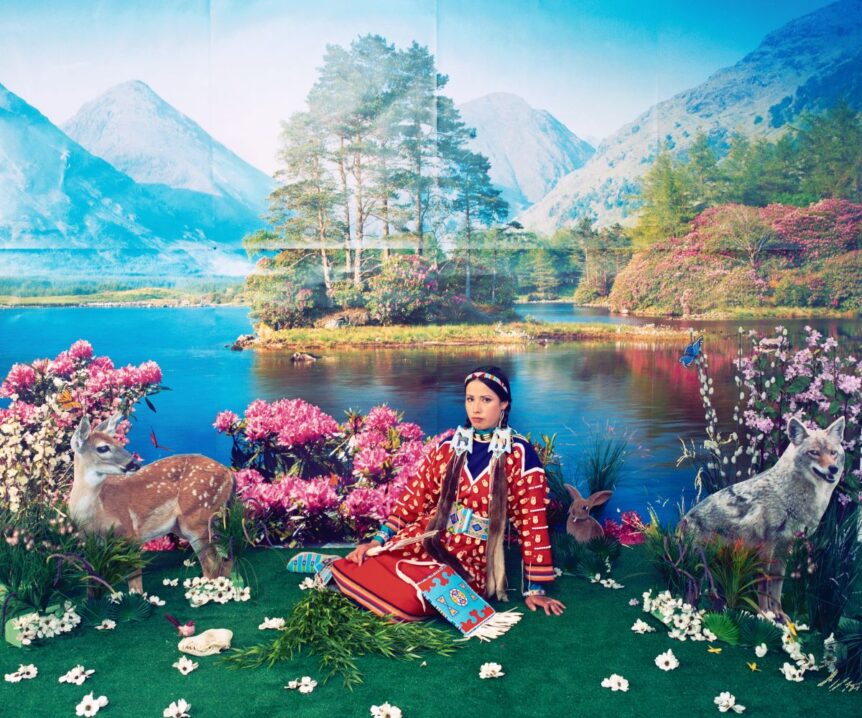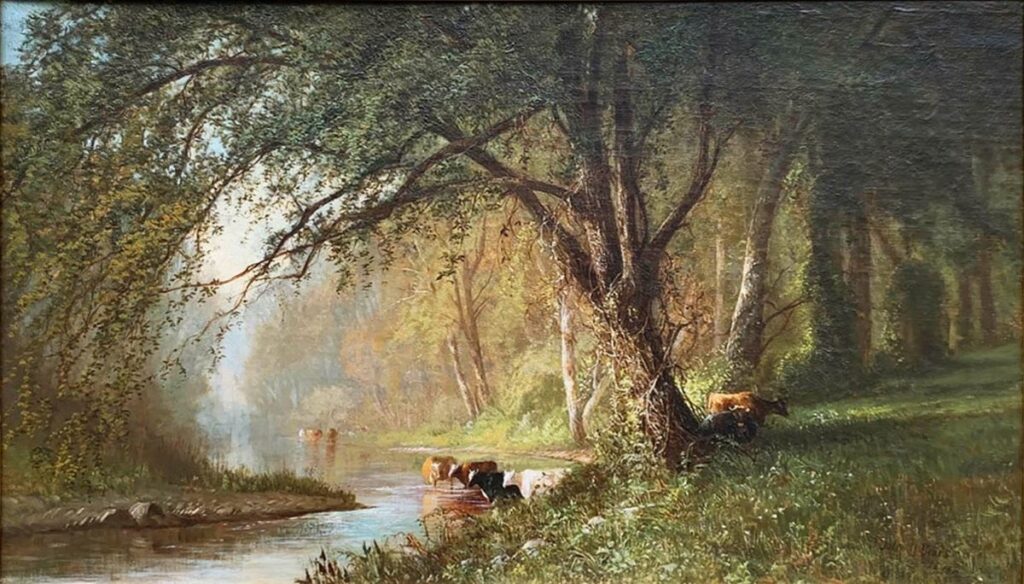
The Metropolitan Museum of Art’s landmark 1987 exhibition American Paradise: The World of the Hudson River School marked, in the words of the New York Times, “the full rehabilitation of the Hudson River School, a style that was dominant in the art world until the 1870s and was then largely forgotten” until well into the twentieth century. But that show and its catalogue famously—or perhaps infamously—failed to include the work of even a single woman artist of the Hudson River school, of whom there were many—and not a few of them were as skilled, talented, and respected in their day as their male counterparts.
Curators and art historians have sought to redress that omission ever since. A significant salvo in the effort was fired in 2010 at the Thomas Cole National Historic Site in Catskill, New York, with the exhibition Remember the Ladies: Women of the Hudson River School, co-curated by Nancy Siegel and Jennifer Kreiger. Now comes Siegel with a new show, currently on view at the Cole site: Susie Barstow and Her Circle—the first retrospective look at the life and work of a well-known and much-admired member of the second generation of Hudson River school artists whose name virtually disappeared from the conversation about the art of the style and period.
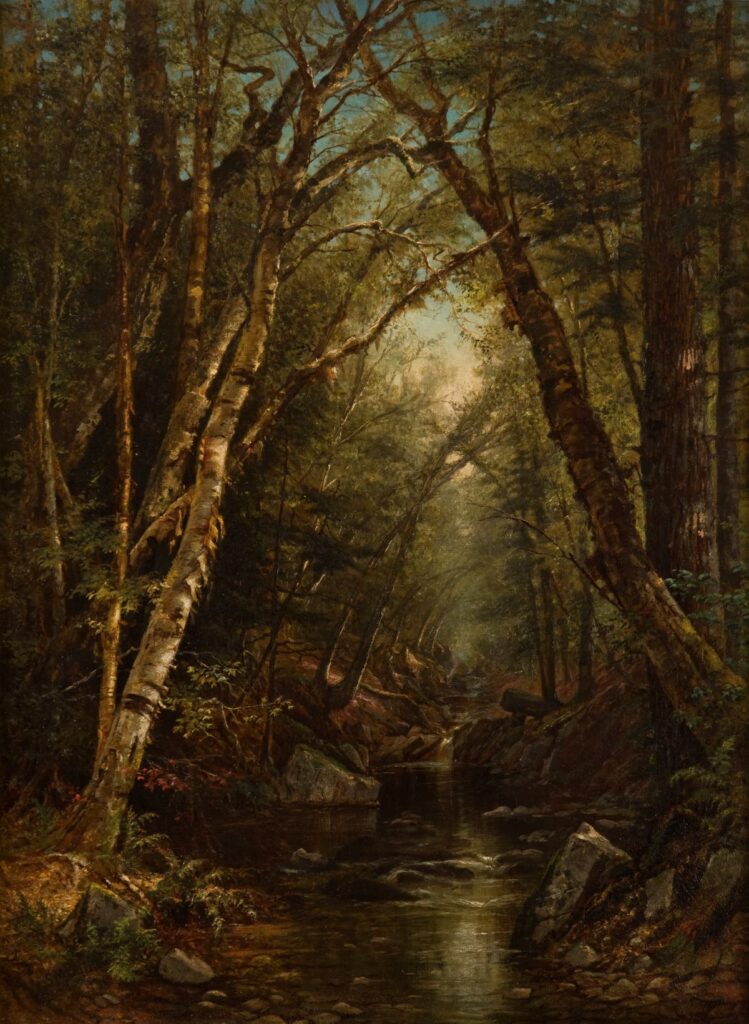
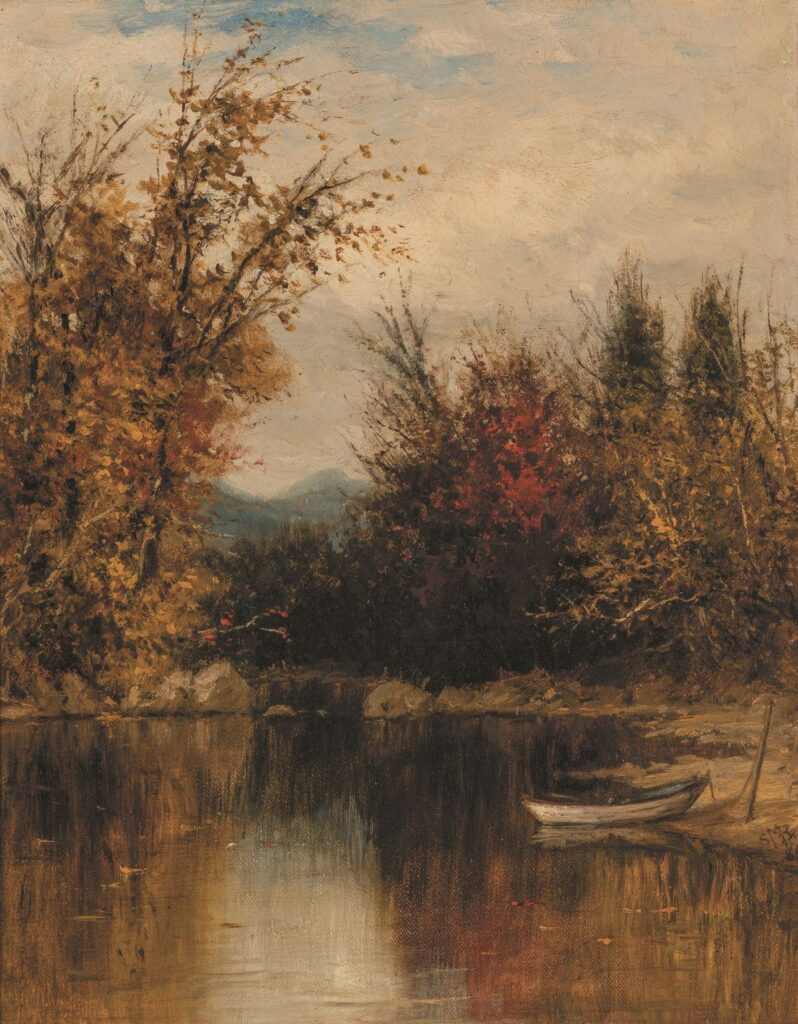
Of the family of a well-to-do New York tea merchant, Barstow had artistic aspirations from a young age. She studied at the Rutgers Female Institute—the first college for women in New York City—and at the Cooper Union. She painted landscapes, the prestige genre of the time, and in pursuit of subject matter would become an indefatigable hiker, trekking across mountainsides from the Adirondacks to the Alps. (One of the exhibition’s more amusing sidelights is an annotated period diagram of an ankle-length “ladies’ walking dress,” which incorporated a sort of pulley system for raising the hemline when traversing rough ground.)
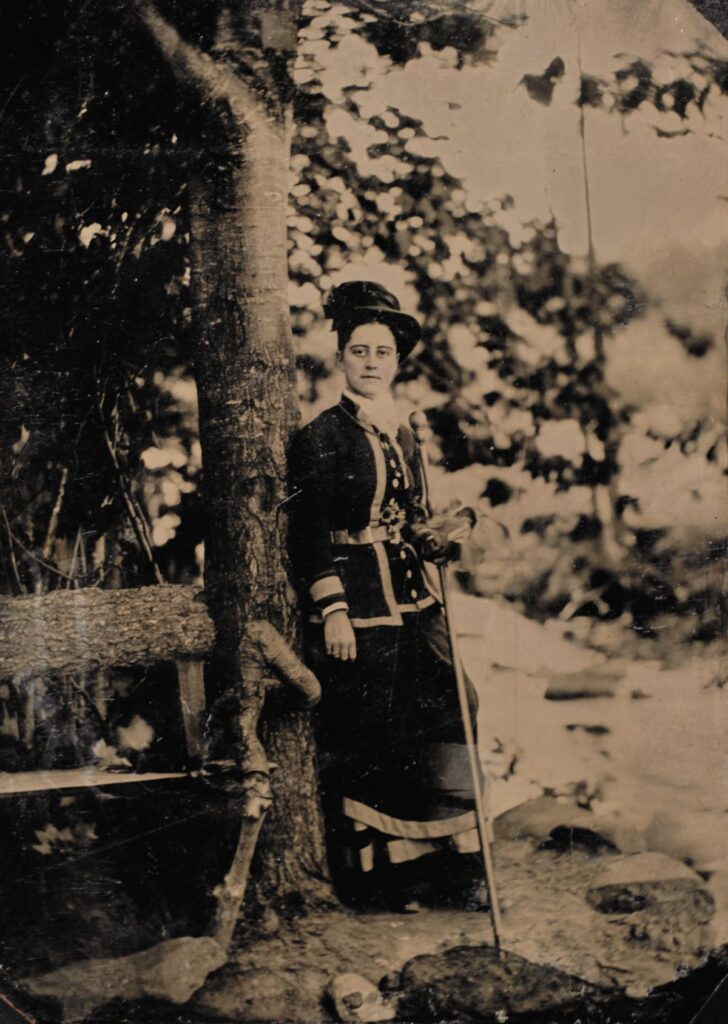
Painting en plein air or in her Brooklyn studio, Barstow followed the Hudson River school model of romanticized depictions of the land. One of her favorite compositional strategies was the “cathedral in the forest” approach—with sun- or moonlight seen in the distance through an avenue of overarching trees. The exhibition—mounted in the New Studio, a reconstruction of the small building Thomas Cole designed for himself in 1846, after painting for years in a section of a storehouse—charts the evolution of her style. Through study trips to France, Barstow absorbed the influence of the more realistic landscapes painted by the artists of the Barbizon school, and later, toward the turn of the twentieth century, her paintings began to evince something of the looser brushwork seen in the work of the American impressionists.
Throughout her career, Barstow’s work was regularly exhibited, and she enjoyed both strong patronage and accolades from newspapers such as the Brooklyn Daily Eagle, which described her as “a woman of keen intellectual attainments” and “one of the best-known Brooklyn artists.” That Barstow fell off the art-historical map seems inexplicable, and it is the goal of the present exhibition to resuscitate not only her reputation, but also that of several of her contemporaries. Some of those with paintings on view have received renewed consideration of late. Eliza Pratt Greatorex was the subject of a recent monograph by art historian Katherine Manthorne; Fidelia Bridges’s work was included in an important survey of nineteenth-century women watercolorists at the Philadelphia Museum of Art in 2017. But others in the current show deserve more attention, among them Julie Hart Beers, an accomplished landscape artist who took frequent painting trips in the Catskills with Barstow, and Mary Josephine Walters, a student of Asher Durand who was embarked on a promising career as a painter of intimate woodland scenes when she died prematurely at age forty-six.
Susie Barstow and Her Circle is but one half of the current exhibition program at the Cole site, which has the umbrella title Women Reframe American Landscape. The other section, called Contemporary Practices, is mounted in the main house at the Cole site and in the Old Studio building, and presents the work of twelve women artists along with that of the arts collective Guerrilla Girls. In comparison to the relatively tranquil art on view in the New Studio, the commentaries and critiques the contemporary artists make on environmental, social, and cultural issues are bracingly forthright. Of particular note are an installation by Teresita Fernández—comprised of a hand drawn charcoal mural and the twelve panels of her ink-and-pencil Small American Fires 3 group (2016)—and Kay WalkingStick’s affecting Winter Passage, a large oil-on-panel vista of the Sierra Nevada mountains marked by a pattern of motifs used in Paiute basketmaking—a subtle reminder that, in the artist’s words, “we are all living on Indian land, every one of us.”
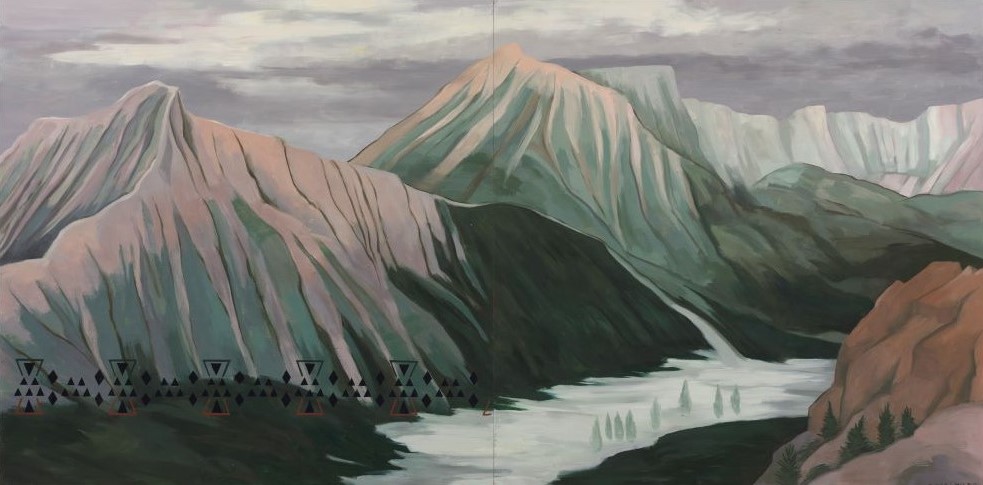
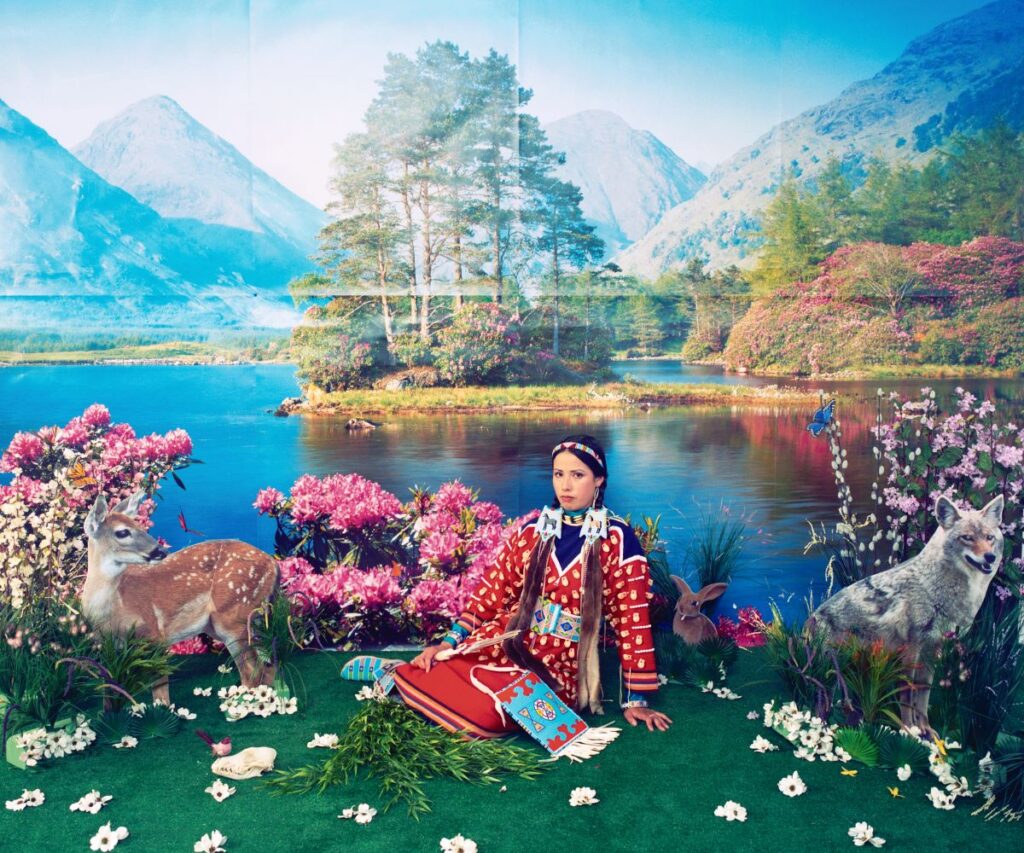
Women Reframe American Landscape is accompanied by a catalogue published by Hirmer. The exhibition will be on view at the New Britain Museum of American Art in Connecticut from November 16 to March 31, 2024.
Women Reframe American Landscape: Susie Barstow and Her Circle and Contemporary Practices • Thomas Cole National Historic Site, Catskill, New York • to October 29 • thomascole.org

